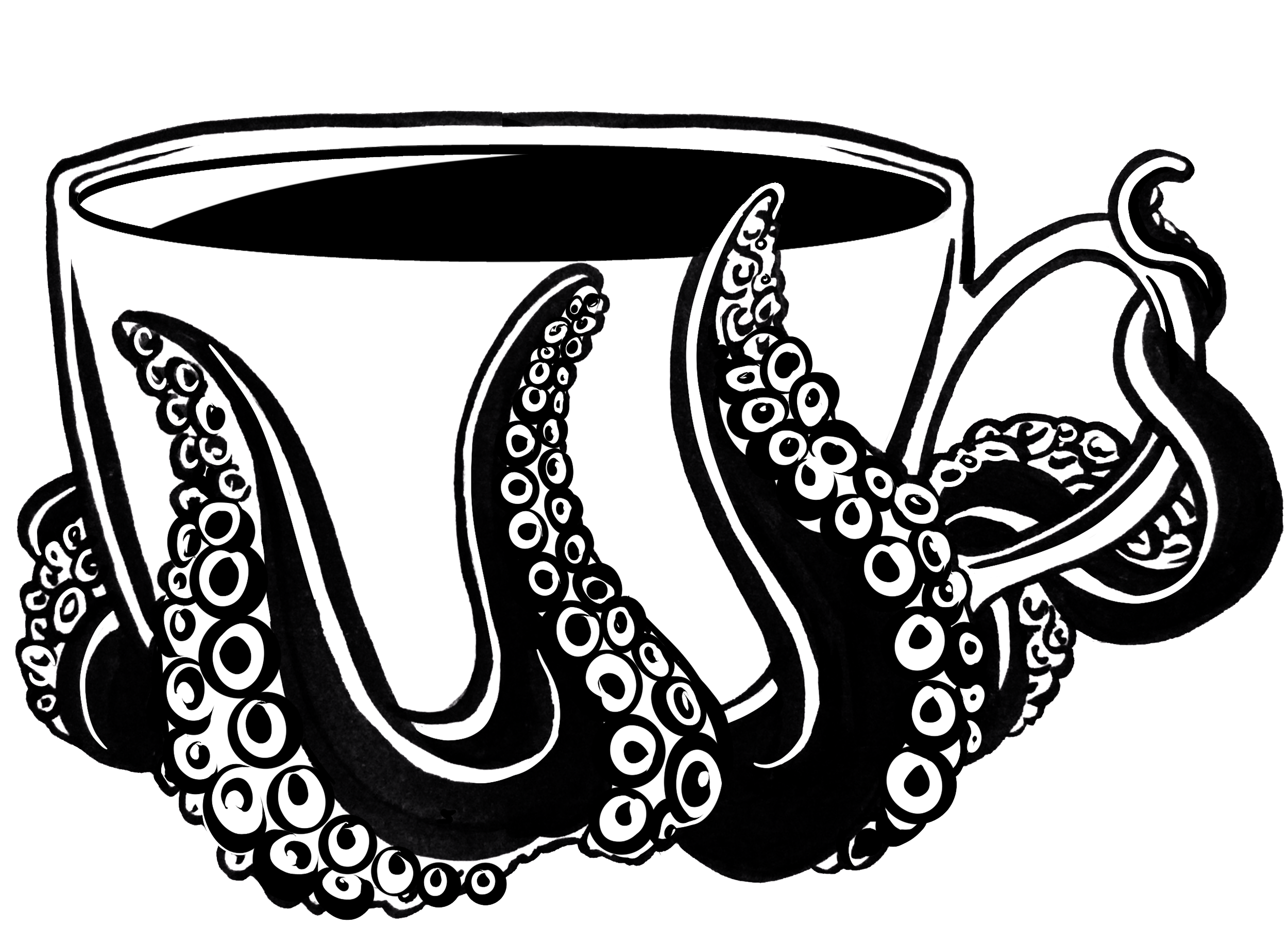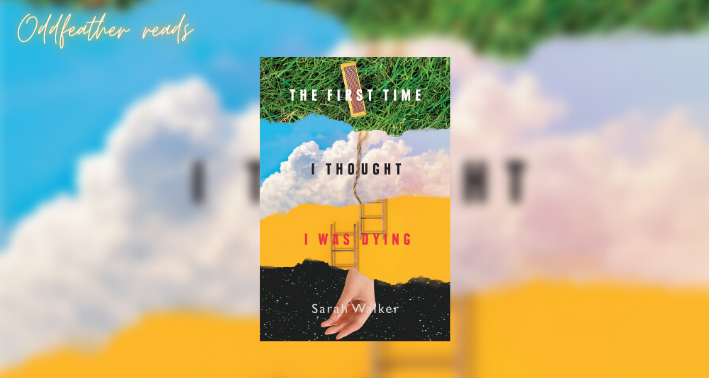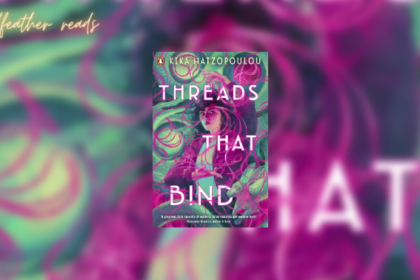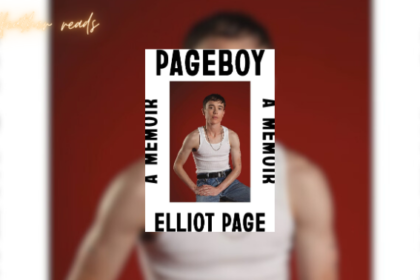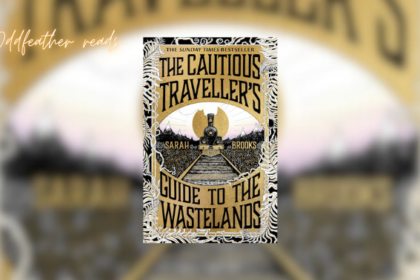Trigger warning: mention of self-harm, mental illness, eating disorders, suicide, and pornography.
Sarah Walker’s The First Time I Thought I Was Dying is a collection of nonfiction essays about the many facets of living in and taking care of a human body, while knowing that one day it will cease to function altogether. Each chapter is a personal essay about a different aspect of life in a body, starting with her work as a photographer and the different ways we present versions of ourselves that we deem acceptable or desirable to an audience. From there she moves on to her experiences—both lived and witnessed at close hand—of what it means to push at boundaries when performing on the stage; emetophobia and personal control over the body; sexual coming of age and the state of sex education in Australia; eating disorders and the manipulation of self-image through photography; the many types of self-harm and where they come from; states of anxiety and how it can manifest as phobias; and adjusting rituals of death and community during a pandemic.
Walker somehow manages to make these very difficult, very real topics highly readable; I read the whole book in two days! In sharp, clear prose she lays bare deeply personal experiences alongside facts, figures and studies of everything from sex education in schools to suicide to grief to body hair removal. I found that her pragmatic, matter-of-fact syntax and her deeply compassionate and insightful point of view kept me engaged and eager to learn more. Her work and lived experiences as an artist, writer, photographer, and theatre performer give her a broad and critical insight into culture
Overall, I found this work to be very perceptive and eye opening. Walker’s experiences may not be relatable to everyone, but she expertly uses her experiences and knowledge as jumping off points for a broader conversation that includes everyone. For example, the chapter ‘Yes Yes No’ interrogates the universal experience of sexual coming age, and how, particularly in Australia, the two main sources of information for young people navigating this process are sex education at school—which is largely clinical and contains nothing about giving and receiving pleasure—and pornography—which is a carefully scripted fantasy. She relays her own early experiences of sex, and those witnessed at close hand, and wonders what sex education – that isn’t purely clinical or pornographic—could actually look like and the good it could do.
I would recommend this work to anyone who is interested in prodding and exploring the taboos and boundaries between the self and society. I would also recommend it to anyone who has ever wondered about the ways in which we all communicate and live in the strange, gross, wonderful meatbag homes of our selves.
I was provided a free copy of this book by the publisher in return for an honest review.
